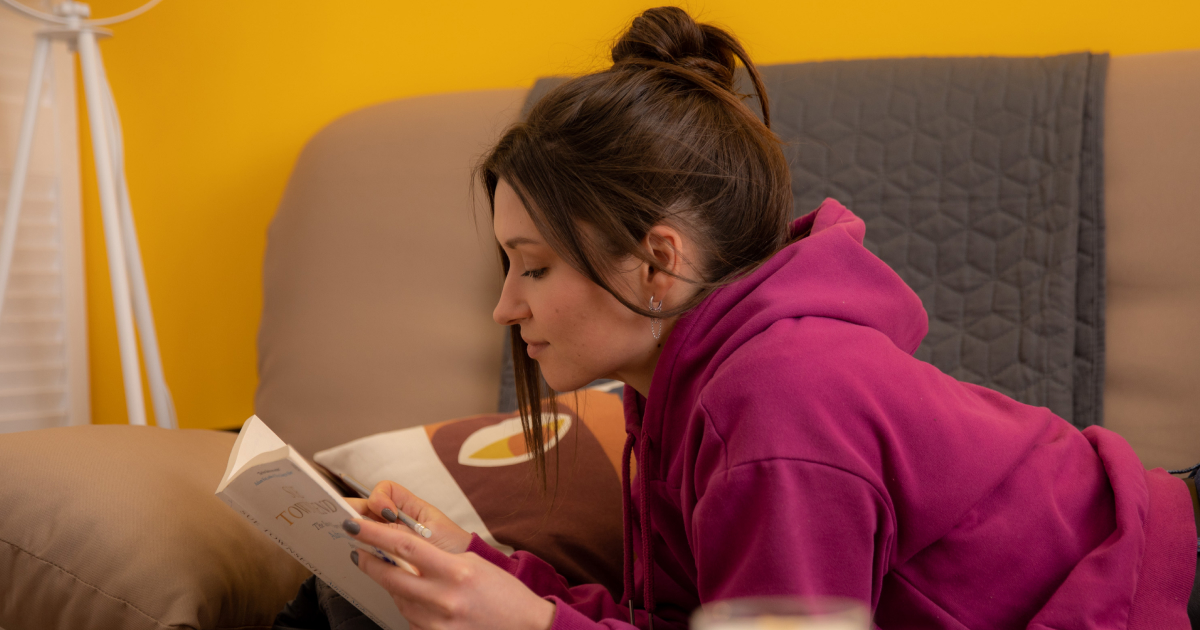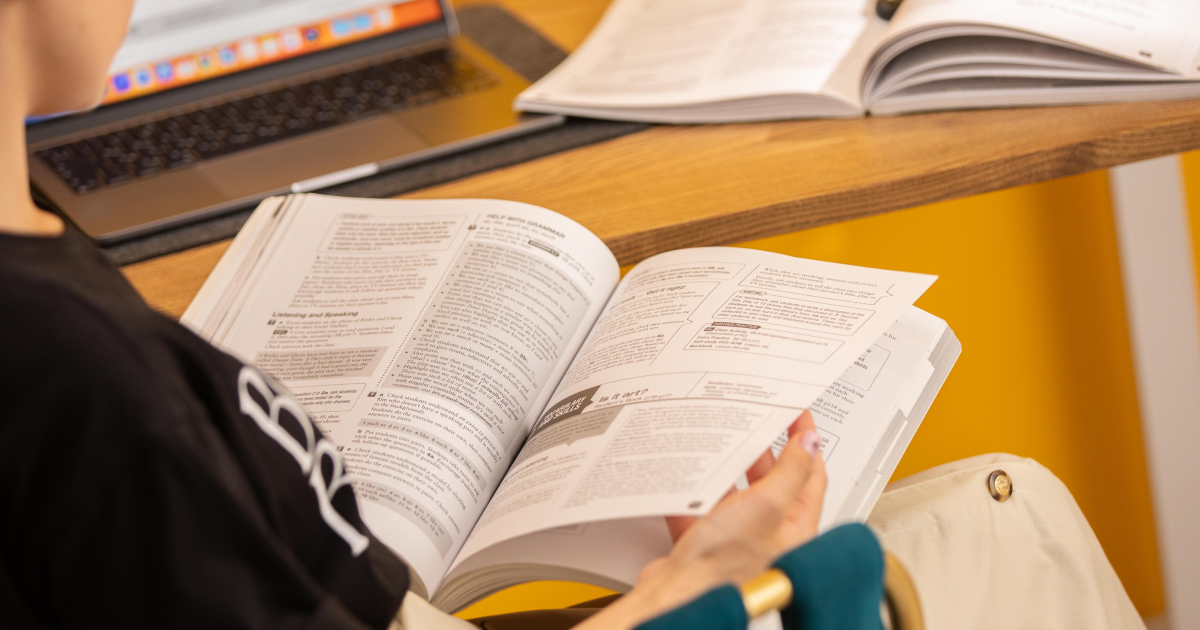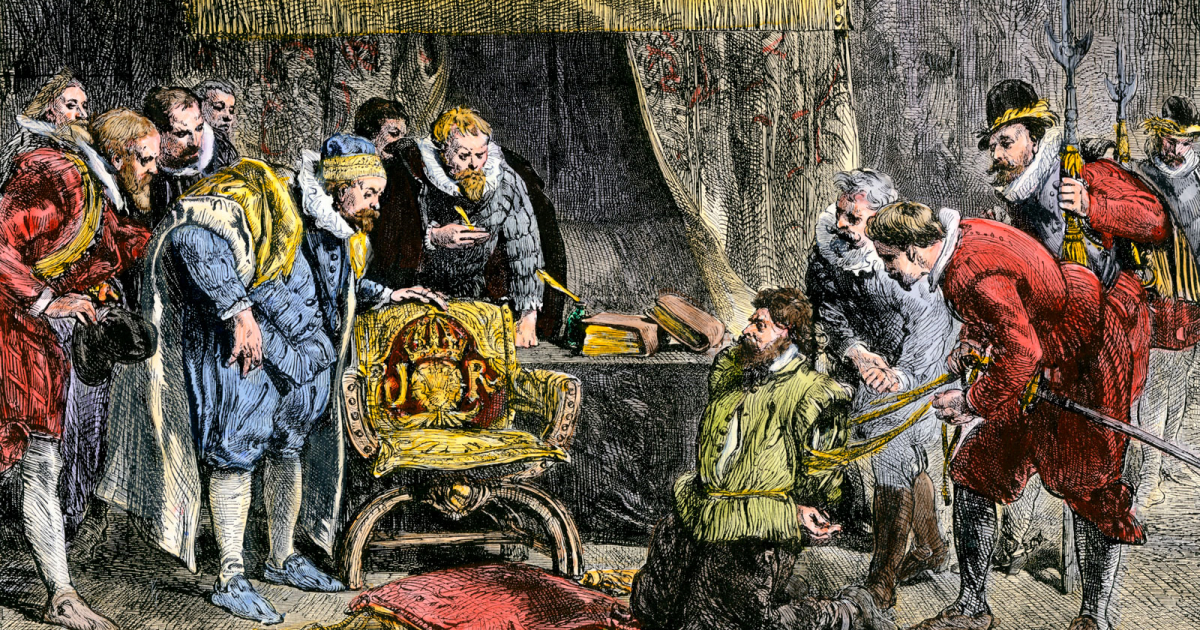Becoming an EFL Teacher: A Step-by-Step Guide
- Cambridge English
- Teaching qualifications
- Tips & Strategies
- Methodology

16.10.2023
There is hardly a person who has never faced wh-question words. They are needed and taught during the online and offline lessons to kids and adults.
In this article, we are going to discuss how to teach wh-questions and how to make exercises on the topic more interactive.
When you ask a question, you use words that begin with the combination of letters “wh,” such as “who,” “when,” and “what.” The word “how” frequently appears on this list too.
These are the question words that we call wh-words.
These words are frequently used when we ask someone for information.
If we use wh-words in order to make up a question, we get wh-questions (who-questions, why-questions, etc.)
| Wh-word | When to use |
| Who → Who-questions | are used to ask about a person. |
| What → What-questions | are used to ask about an object |
| Where → Where-questions | are used to ask about a place. |
| When → When-questions | are used to ask about time |
| Why → Why-questions | are used to ask about a reason |
| Which – Which-questions | are used to ask about a choice |
| Whose → Whose-questions | are used to ask about possession or belonging |
| How → How-questions | are used to ask about the method in which something is done |

Teaching to build wh-questions correctly is not as easy as it may seem.
Here is a checklist of what you need to explain to your students and things you need to pay special attention to.
Wh-questions can be built in the following ways:
a) Wh-word + auxiliary verb + subject + main verb?
For example:
b) Wh-word + modal verb + subject + main verb?
For example:
To introduce wh-questions with an auxiliary verb and emphasize the structure of the question, you may ask your students to unscramble the sentence, find an extra item or write down a missing item.
What grammar topics should we teach for each level?
Sure, we shouldn’t forget that there are wh-questions without auxiliary verbs too, aka object and subject questions.
Even the name of these questions gives us a hint that we are asking about a subject or an object.
Therefore, we simply can’t structure such questions similarly to ordinary wh-questions.
Teach your students how to spot subject or object questions: students need to know that such sentences may start with the following wh-words:

As we have mentioned before, the structure differs and requires some special attention:
Wh-word + main verb + the rest of the sentence?
For example:
You also need to explain the concept of the negative question to your students. We may form a negative wh-question by using the negative forms of the auxiliary verbs.
For instance:
On teaching grammar through critical thinking
The teacher creates a crossword where students have to look for both wh-words and any other words. Afterwards, they have to come up with the questions for their partners.
Create a crossword for your students that contains wh-words. To make it more difficult and interesting, add other words to the crossword too. After your students manage to find the hidden words, let them create the questions for their partners with the given words. This activity is a nice first step to the wh-questions fluency.
The teacher creates a poll with the wh-questions and some possible answers. Students are supposed to choose the right one.
Prepare a list of various wh-questions and give a number of possible answers for every question. Some of them are right, and some of them are wrong. Your students’ task is to find the most appropriate answer(s) to the question. This task gives an opportunity to practice seeing the difference between the meanings in the wh-questions.

Prepare some questions with common mistakes and ask students to correct them.
The topic of wh-questions is not as easy as it may seem: students often have problems telling the difference between subject and object questions, struggle with word order, or they cannot choose the proper wh-word due to their pretty similar appearance.
It’s not hard to anticipate such issues, so create a text or a number of sentences containing mistakes, so that students can see where the problems might appear in advance.
Discover peer correction!
And now we are about to discover three fun wh-question games you may implement in your classroom if you want to teach wh-questions effectively.
Students get the cards with certain people's names/pictures and have to ask questions to guess who their partner is.
This game is perfect for practicing seeing the difference between subject and object wh-questions.
All you need to do is to prepare a set of cards with different people your students have to describe using wh-questions.
Students get the cards, reveal them and start asking the questions like “Who has got a beard?” or “Who is a blond person?”.
Also, you may go even further and give students cards with only names of famous people or movie characters. The task is more difficult now as they don’t have pictures and they can’t tell the name from their cards. Only questions and answers are accepted.
After trying this exercise, completing any who-questions activities will seem easier than ever.

Have fun with flashcards
Spark your lessons with us!Students have to come up with a list of different questions and then take an interview with their partner by asking these questions.
Ask your students to imagine that they have to conduct the interview. Divide them into pairs or let them choose a partner.
Students have to create a list of questions and then ask their partners. The interviewees should answer these questions honestly and with attention to details. This is a great way to teach wh-questions because it is highly applicable to real life.
Students create a couple of funny questions and go around the classroom asking the question to their group mates. After they are done, they are supposed to present the information they have collected.
This is a fun survey-style wh-question game and ESL practice that encourages students to stand up from their seats and interact with one another across the classroom. Students are asked to come up with one intriguing question regarding a certain subject, food, pastime, excursion, etc.
They must ask at least 10 of their peers, followed by one or more follow-up questions. They collect all the data and share their findings with the class. It always turns out to be fun, as students like creating funny questions and giving funny answers, so you are definitely going to have a good time practicing wh-questions.
What are the best grammar activities for kids?
Students tell the story, and their group mates have to come up with as many questions as possible.
Sure, all the students are supposed to tell a story at some point at least to practice narrative tenses, for example. But the task itself is not the most interesting one. You, however, may make it engaging. Let’s see how.
In such wh-question activities, first of all, nominate a student to share their story. All other people are supposed to listen carefully, as they need to come up with some follow-ups. This task develops active listening skills and creative thinking: students have to be both attentive and creative in terms of working with the new information.

Students fill in the blanks in a text about someone's life in this Wh-questions information gap assignment.
Students divide into two groups and write the Wh-questions they will use to fill in the gaps in the text on their worksheet. After that, students form pairs with members of the opposing side and swap asking their partners the questions they have prepared. With the help of their partners' responses, students fill in the blanks in the text. They then compare worksheets to verify their texts and spelling.
Students get a set of answers and need to guess which question was asked.
This is one of the most interesting wh-question activities. It is a very unusual activity that requires a reversed kind of thinking: students get the cards with the answers to some questions.
After they carefully examine the questions, they need to guess which question was asked. The answers may vary, but this is where the fun part is. Students may debate and prove why their question is correct. The person who was the closest to the correct answer wins. But make sure not to create too obvious answers.
Get to know how to teach past tenses
We tend to forget that teaching wh-questions might be exceptionally fun as it allows the use of additional digital and printed materials which makes the topic truly memorable. Here are some hacks on how to conduct an effective Wh-questions lesson:
Prepare a set of pictures on a certain topic and encourage students to ask clarifying questions that will help them to describe the pictures. This way of practice is great because you may choose any picture and any topic.
For example, it might be an image of people doing everyday things:

If you show your students a picture like this, the class may come up with the following questions and even expand them to dialogues:
Etc.
Another good idea is picking up the pictures with the plot: a piece of art that shows some kind of a story or an illustration based on some book. It makes the discussion more engaging and gives it a natural flow because students have to express their guesses about the peculiarities of the plot and characters.
Here is an example of what you can do:

The probable questions for this picture would be the following:
Etc.
Two other things that always provoke an especially lively discussion are movies and traveling.
For this task, you may have a short poll and divide students into two categories: those who have watched a certain movie/been to a certain place and those who haven’t.
This is how you will manage to create a genuine discussion between the people who have a certain experience and the people who don’t have it but still are eager to learn more about it.
For example:

In this case, you are likely to hear the following things among the questions:
Etc.
Or if you want to turn to the traveling topic, you may choose the following photo:

… and hear such questions as:
Etc.
The best thing is that when you decide to implement this hack into your lessons, you will never be limited in topics as there is a vast number of photos you can choose from.
Moreover, students may practice any tense or grammar topic with the help of this task while working on their Wh-questions.
5 interesting short stories to read with students
Old but Gold, reading can definitely be helpful in terms of practicing asking questions.
Assign your students to read a short text and ask them to write down the questions based on the text.
They may create the questions based on the plot first. After students are done with this task, you may use these questions to check the gist.
Then, ask students to write down the questions regarding the details, context or hidden meaning. After the list is formed, you may use these questions for further discussion. Usually, the questions from the last category turn out to be intriguing and allow students to muse on their impressions, emotions and ideas.
Even more short stories to read!
As you can see, teaching wh-questions may be exciting and not boring at all! Sure, teaching EFL is always a challenge, but it is also the freedom to create fun and meaningful experiences for your students the way you like it!
Do you have any other tips and strategies for teaching wh-questions? Don’t forget to let us know in the comment section.
It is a good idea to use pictures to teach wh-questions.
Arina Kravchenko
Author
Teacher of General English & IELTS
Comments
Leave your comment